Celeriac, also known as celery root, may not be the most glamorous vegetable in the produce aisle, but it certainly deserves a place of honor in any kitchen. With its knobby, gnarled exterior and creamy white flesh, celeriac offers a subtle yet distinctive flavor that can elevate a variety of dishes. Let’s delve into the many facets of this underrated root vegetable.

1. Celeriac Mash: One of the simplest and most delicious ways to enjoy celeriac is by turning it into a creamy mash. To prepare, simply peel the celeriac, chop it into chunks, and boil until tender. Mash it with butter, salt, and pepper for a luxurious side dish that pairs perfectly with roasted meats or grilled fish. The earthy sweetness of the celeriac adds depth to the mash, making it a delightful alternative to traditional mashed potatoes.
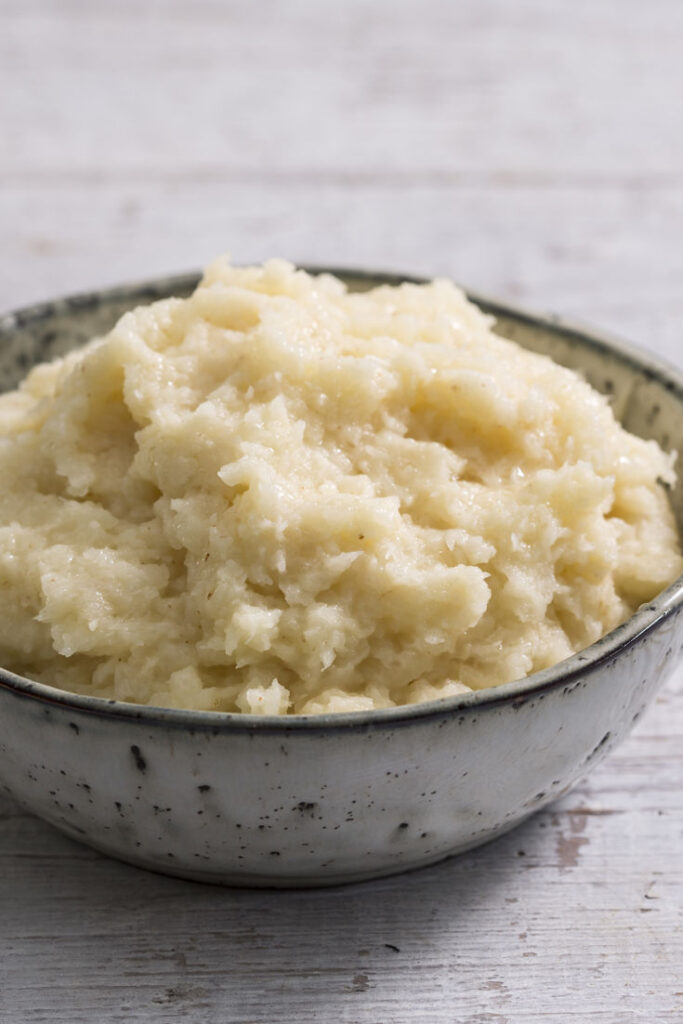
2. Celeriac Soup: Celeriac shines in soups, lending its unique flavor and creamy texture to any broth-based creation. Start by sautéing onions, garlic, and diced celeriac until softened. Add vegetable or chicken broth, simmer until the vegetables are tender, then puree until smooth. Finish with a splash of cream or a dollop of yogurt for added richness. The result is a velvety soup with a delicate celery flavor that is both comforting and satisfying.
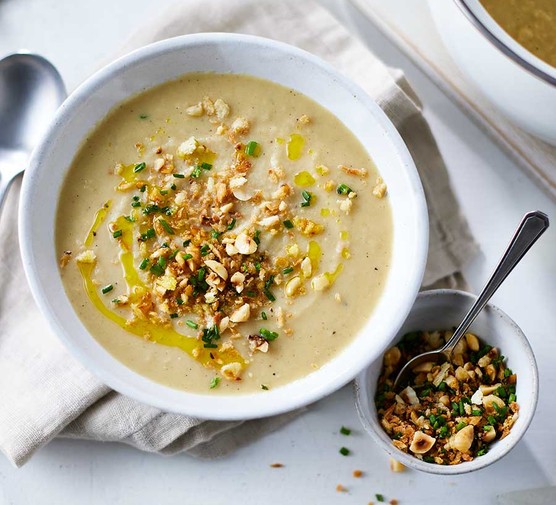
3. Celeriac Flavor: Celeriac boasts a mild, nutty flavor with subtle hints of celery and parsley. Its taste is reminiscent of celery but milder and slightly sweeter. When cooked, celeriac becomes tender and creamy, making it an excellent addition to stews, gratins, and purees. Its versatility allows it to adapt to a wide range of seasonings and cooking techniques, making it a favorite among chefs and home cooks alike.

4. Cooking with Celeriac: Celeriac can be cooked in a variety of ways, including roasting, boiling, steaming, and frying. Its robust flavor and creamy texture make it a versatile ingredient in both savory and sweet dishes. Roasting celeriac enhances its natural sweetness and caramelizes its edges, while boiling or steaming preserves its delicate flavor and tender texture. Whether used as a main ingredient or a supporting player, celeriac adds depth and complexity to any recipe it graces.
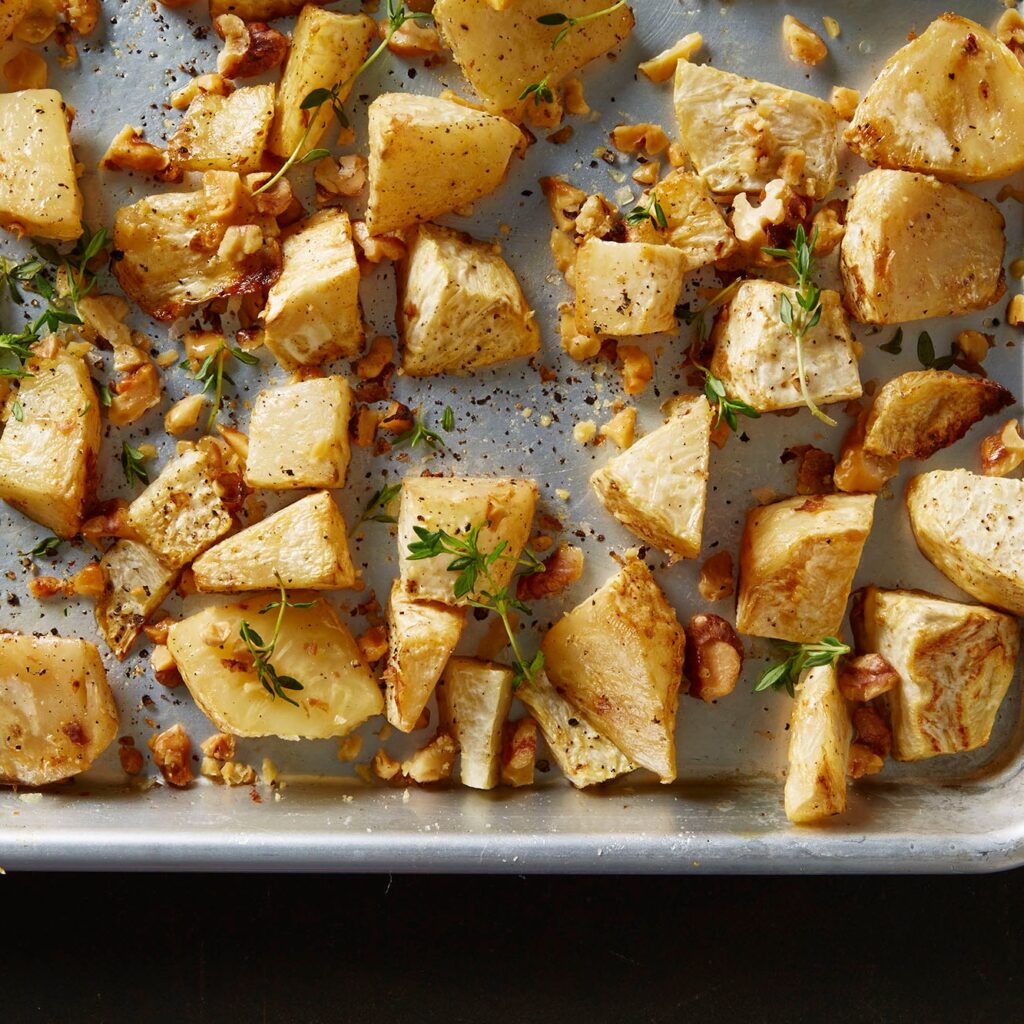
5. Vegan Celeriac Recipes: For those following a vegan diet, celeriac offers endless possibilities for delicious and satisfying meals. Vegan celeriac recipes abound, from creamy soups and hearty stews to crispy fritters and flavorful salads. Replace dairy with plant-based alternatives like coconut milk or cashew cream to create dairy-free versions of classic celeriac dishes. Experiment with spices, herbs, and other vegetables to create vegan celeriac recipes that are as nutritious as they are delicious.

6.Celeriac Salad: For a refreshing and crunchy salad, thinly slice or julienne raw celeriac and toss it with a tangy vinaigrette. Add apples, walnuts, and fresh herbs for extra flavor and texture. This bright and flavorful salad is perfect for showcasing the crispness of celeriac while providing a refreshing contrast to rich main dishes.

7. Celeriac Chips: For a healthier alternative to potato chips, try making celeriac chips. Simply slice celeriac thinly, toss with olive oil and your favorite seasonings, then bake until crispy. These crispy chips are addictive on their own or served alongside dips like hummus or guacamole. They’re a guilt-free snack that packs a flavorful punch.

8. Celeriac Gratin: For an indulgent side dish that’s perfect for special occasions, try making celeriac gratin. Layer thinly sliced celeriac with cream, garlic, and cheese, then bake until bubbly and golden brown. The creamy texture of the celeriac combines with the rich flavors of the cream and cheese to create a decadent dish that’s sure to impress.

9. Celeriac Slaw: Celeriac can also be used to create a crunchy and flavorful slaw. Shred raw celeriac and toss it with shredded cabbage, carrots, and a zesty dressing for a refreshing side dish or topping for sandwiches and tacos. The natural sweetness of the celeriac pairs perfectly with the acidity of the dressing, creating a balanced and satisfying dish.
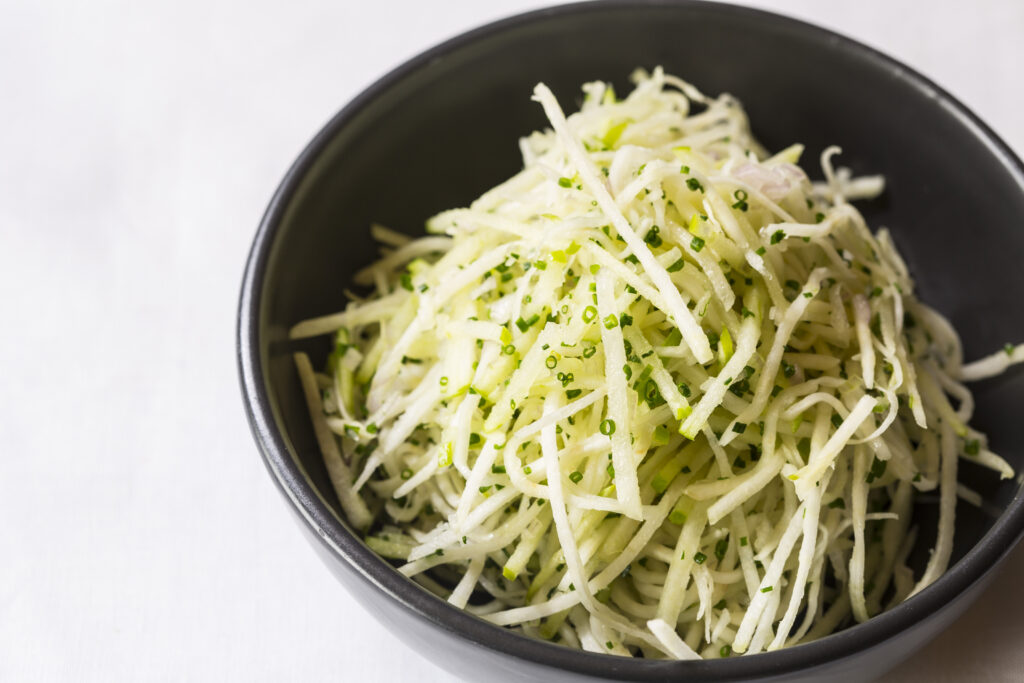
10. Celeriac Risotto: For a luxurious twist on traditional risotto, swap out the rice for finely diced celeriac. Sauté the celeriac with onions and garlic, then add vegetable broth and simmer until tender. Stir in Arborio rice and cook until creamy and al dente. Finish with a sprinkle of Parmesan cheese and fresh herbs for a decadent and comforting meal.
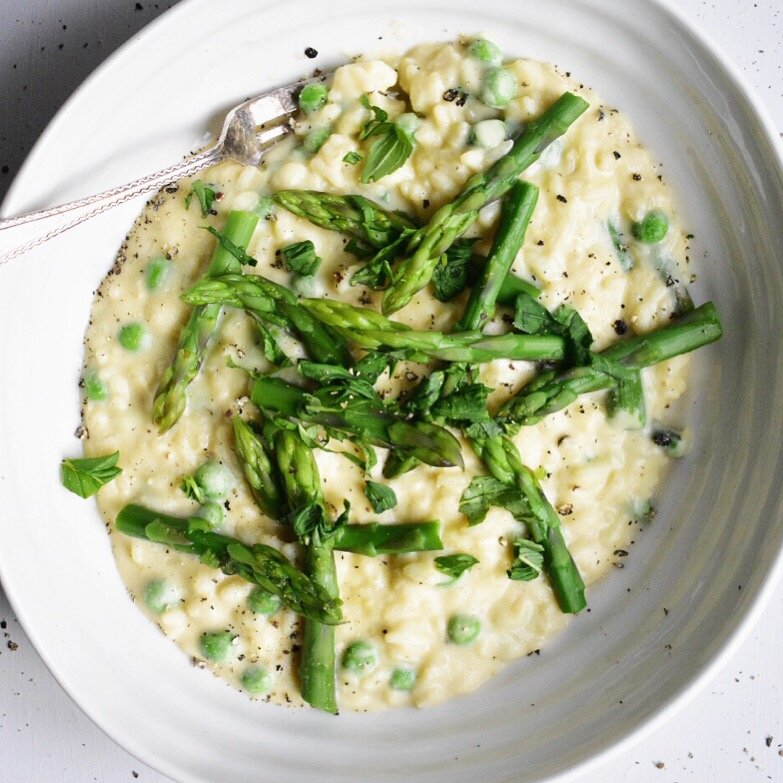
Health Benefits and Nutritional Facts of Celeriac:
Celeriac, also known as celery root, is not only delicious but also packs a nutritional punch. Here are some health benefits and nutritional facts of celeriac:
1. Rich in Fiber: Celeriac is a good source of dietary fiber, which aids in digestion, promotes bowel regularity, and helps prevent constipation.
2. Low in Calories: Celeriac is low in calories, making it a great option for those looking to manage their weight or calorie intake.
3. High in Vitamin C: Celeriac is rich in vitamin C, an antioxidant that helps boost the immune system, promote healthy skin, and protect against cellular damage caused by free radicals.
4. Good Source of Vitamin K: Celeriac contains vitamin K, which plays a role in blood clotting and bone health. Adequate vitamin K intake may also help reduce the risk of osteoporosis.
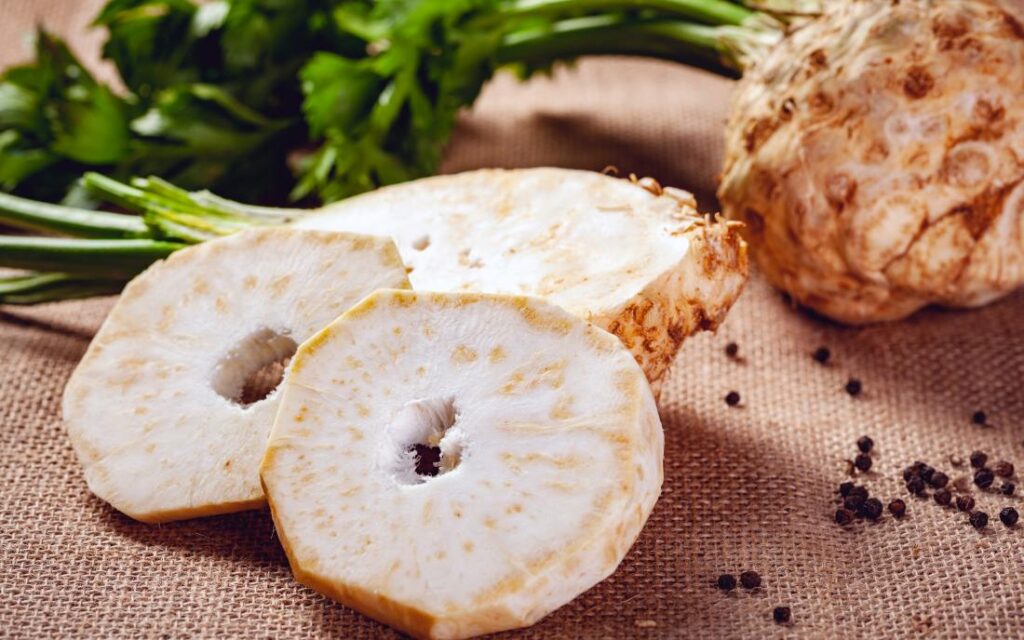
5. Contains B Vitamins: Celeriac is a good source of several B vitamins, including folate, vitamin B6, and vitamin B5 (pantothenic acid), which are important for energy metabolism, nervous system function, and red blood cell formation.
6. Provides Minerals: Celeriac is rich in minerals such as potassium, phosphorus, and magnesium, which are essential for maintaining electrolyte balance, supporting muscle function, and promoting overall health.
7. Contains Antioxidants: Celeriac contains antioxidants such as flavonoids and polyphenols, which help protect cells from oxidative damage and inflammation, and may reduce the risk of chronic diseases like heart disease and cancer.
8. Supports Heart Health: The high fiber content of celeriac, combined with its low sodium and cholesterol levels, may help lower blood pressure and reduce the risk of heart disease.
9. Promotes Skin Health: The vitamin C content of celeriac helps promote collagen production, which is essential for maintaining healthy skin, reducing wrinkles, and supporting wound healing.
10. Aids in Detoxification: Celeriac contains compounds like phthalides, which have been shown to have diuretic properties and may help support the body’s natural detoxification processes.
In summary, celeriac is a nutritious and versatile vegetable that offers a range of health benefits. Whether enjoyed raw in salads, cooked in soups and stews, or mashed as a side dish, celeriac is a delicious addition to any diet. Incorporating celeriac into your meals can help boost your intake of essential nutrients and support overall health and well-being.
Conclusion:
celeriac is a versatile and underrated vegetable that deserves a place of honor in any kitchen. From soups and salads to gratins and risottos, the possibilities for cooking with celeriac are endless. So, the next time you’re looking for a new ingredient to spice up your meals, don’t overlook the humble celeriac it may just become your new culinary obsession.celeriac may be humble in appearance, but its flavor and versatility are anything but ordinary. Whether mashed, souped, roasted, or pureed, this underrated root vegetable has the power to elevate any dish with its unique taste and creamy texture. So, the next time you’re perusing the produce aisle, don’t overlook the unassuming celeriac it just might become your new favorite ingredient.
